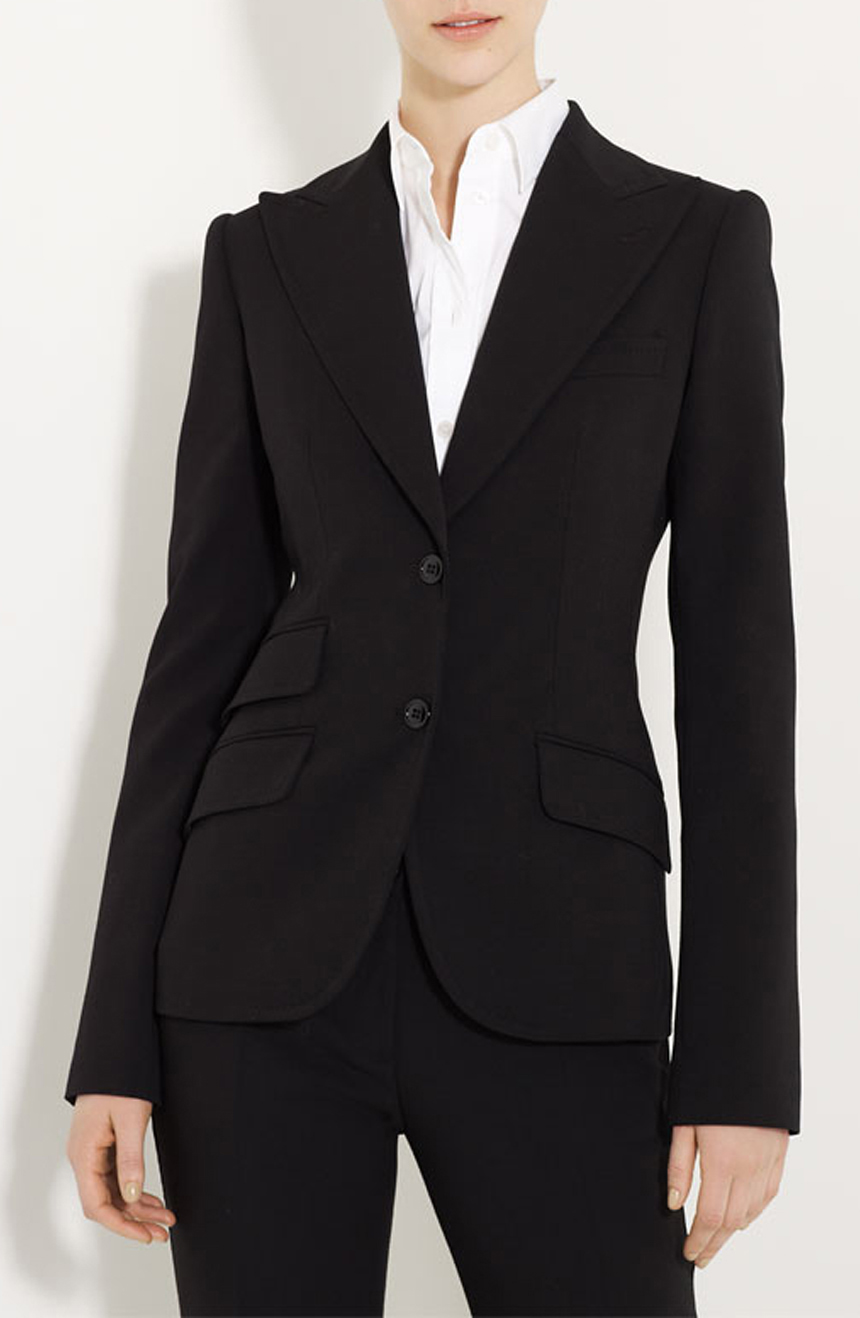Bespoke Tailor Perth: Crafting the Perfect Suit for You
Bespoke Tailor Perth: Crafting the Perfect Suit for You
Blog Article
Understanding the Tailoring Process: From Material Option to Final Suitable for the Suitable Wardrobe
The customizing procedure is a complex interplay of art and science, beginning with the essential choice of material choice and finishing in the accurate modifications of last fittings. Each material kind brings unique qualities that affect not only the visual charm however likewise the garment's long life and viability for various occasions.
Relevance of Fabric Choice
Choosing the best material is important in the tailoring procedure, as it directly affects the convenience, resilience, and general aesthetic of the final garment. The choice of textile establishes the foundation for the garment's performance, performance, and design. Various textiles possess distinct homes, such as breathability, stretch, and weight, which can dramatically influence how the garment drapes and fits the body.

A tailored piece made from an appropriate fabric not only showcases craftsmanship however additionally elevates the user's self-confidence. Subsequently, recognizing the subtleties of textile option is paramount for any tailoring endeavor. It guarantees that the end product not just satisfies the visual needs of the customer however additionally straightens with functional requirements, consequently attaining a harmonious balance in between kind and feature in the customized closet.
Kinds Of Fabrics and Their Usages
Understanding the various sorts of materials readily available is essential for making informed decisions during the tailoring procedure. Each textile has distinct qualities that dictate its suitability for certain garments and events.
Cotton, recognized for its breathability and soft qualities, is perfect for sportswear and summer season apparel. Its adaptability allows it to be tailored right into everything from t shirts to outfits. Wool, on the other hand, is preferred for its heat and structure, making it an outstanding selection for formal suits and outerwear. Its all-natural elasticity helps garments keep shape over time.
Silk exudes deluxe and is lightweight, making it perfect for eveningwear and fragile blouses; nonetheless, it requires mindful handling because of its frailty. Linen, with its distinctive surface, is a prominent choice for cozy climates, providing a crisp and ventilated feel, yet it wrinkles quickly, which might affect the garment's appearance.
Artificial materials, such as polyester and nylon, deal toughness and resistance to wrinkles, making them appropriate for everyday wear and active apparel. Comprehending these textile types and their properties enables for better decision-making, making sure that each customized piece not only fits well yet also straightens with the designated purpose and event.
The Tailoring Techniques Explained
The art of tailoring relies upon a variety of methods that change fabric into well-fitted garments. Central to this process is pattern drafting, where a tailor creates themes based on the customer's measurements and preferred design. This preliminary action ensures that the garment will fit the wearer appropriately before any type of reducing takes place.
Once patterns are established, cutting techniques come right into play. Precision is extremely important as inaccuracies can cause misfitting garments. Tailors commonly make use of various cutting methods, such as single-layer cutting for complex layouts and multiple-layer reducing for performance on standard patterns.
Basting is another important method, enabling dressmakers to momentarily sew textile items with each other for an initial installation (tailor tuxedos perth). This technique provides the chance to examine the drape and total silhouette before final stitching
Seaming techniques, official source consisting of flat-felled seams and French seams, improve the garment's sturdiness and aesthetic appeal. Tailors likewise use methods such as interfacing and cushioning to supply framework and shape to particular areas, like collars and shoulders.
Lastly, finishing techniques, including hemming and side finishing, make sure the garment's long life while offering a polished appearance. With each other, these methods develop the backbone of effective customizing, leading to splendid, custom-fit clothing.

Fitting Modifications and Considerations
After the preliminary tailoring methods have actually been applied and the garment is created, fitting changes become vital to achieving the excellent fit. These modifications address numerous aspects of the garment, guaranteeing it contours to the wearer's body shape and boosts general look.

The surge of pants is an additional critical element; it ought to sit conveniently above the hips without triggering discomfort, enabling simplicity of motion. Hemming lengths for both pants and skirts ought to reflect the wearer's preferred design while valuing percentages.
Furthermore, interest should be provided to the rear of the garment, guaranteeing that there are no unpleasant pulls or excess fabric - tailor tuxedos perth. Each modification must be thoroughly considered, as also small modifications can significantly influence the general fit and aesthetic of the customized piece, ultimately causing a wardrobe that radiates self-confidence and refinement
Preserving Your Tailored Garments
Correct upkeep of customized garments is necessary to maintaining their fit and appearance over time. To make certain durability, normal cleansing is extremely important. Constantly follow the treatment label guidelines, which may advise dry cleansing for delicate textiles or maker washing for even more durable products. Avoid regular laundering, as this can wear down the textile and change the garment's form.
Storage is similarly vital; use padded hangers for coats and layers to maintain shoulder read more structure, and shop pants folded nicely or hung to stop creasing. Shield garments from straight sunlight, which can fade colors and damage fibers.
In addition, periodic inspections for minor repair services can protect against bigger concerns. Examine for loosened switches, tearing joints, or signs of moth damage, addressing these problems quickly to maintain the garment's integrity.
Finally, think about seasonal rotation. Wearing tailored pieces in moderation allows textiles to recoup, expanding their life-span. By applying these upkeep approaches, you can make certain that your customized garments continue to be as excellent as the day you initially wore them, enhancing other your perfect wardrobe for several years ahead.
Final Thought
The customizing process, incorporating material selection, proficient techniques, and specific fitting changes, plays an important role in producing garments that enhance both convenience and design. Comprehending the relevance of maintenance expands the life of tailored garments, solidifying their worth in a well-curated closet.
Report this page